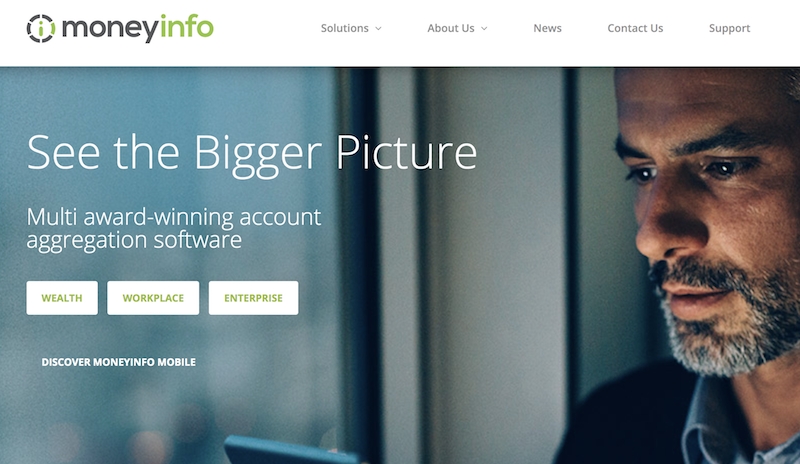Moneyinfo, a client portal provider for advisers, has launched a new tool for DFMs and wealth managers to help them to meet the MIFID reporting obligations, recently identified by advisers as their biggest headache.
The company says the new product helps meet two key MiFiD needs that wealth managers have over standard IFAs: quarterly bulk reporting and issues such as 10% drop notifications - required by MiFID II - and how to inform clients.
Moneyinfo extracts data from the manager’s existing systems and automatically sends clients relevant information which can be delivered alongside other content such as comments, blogs and videos.
The firm says this can “reassure clients when these messages might otherwise be received out-of-context to their portfolio strategy.”
Key features include:
· Fully automated document delivery with push notifications to mobile
· Key portfolio change notifications (eg. 10% drop) – that can be put in context with other messages
· Asset allocation views at portfolio, plan and mandate level
· Fully branded client apps for Apple and Android offered as standard
The tool also helps meet compliance with GDPR requirements, says the company.
Moneyinfo has signed up a number of wealth managers and DFMs to use the tool including RC Brown Investment Management, Whitechurch Securities, Gore Brown Investment Management and Saltus Private Wealth. The firm, formerly known as Sammedia, has over 85 wealth management businesses and 22,000 end users.
Tessa Lee, managing director of Warwickshire-based Moneyinfo, said: “Our feedback is that one of the real sweet spots with DFMs is the product’s ability to fully automate what has previously been sent by paper or insecurely via email.
“Many of the existing systems have not caught up with regulatory requirements so DFMs and wealth managers are being forced to employ manual systems which are expensive, printing off every report individually, tailoring them and then often using third-party print agencies for distribution. Typically, they will need to send 100s or even 1,000s of these, ranging from quarterly report packs to notifications if investments fall by 10% or more.”

